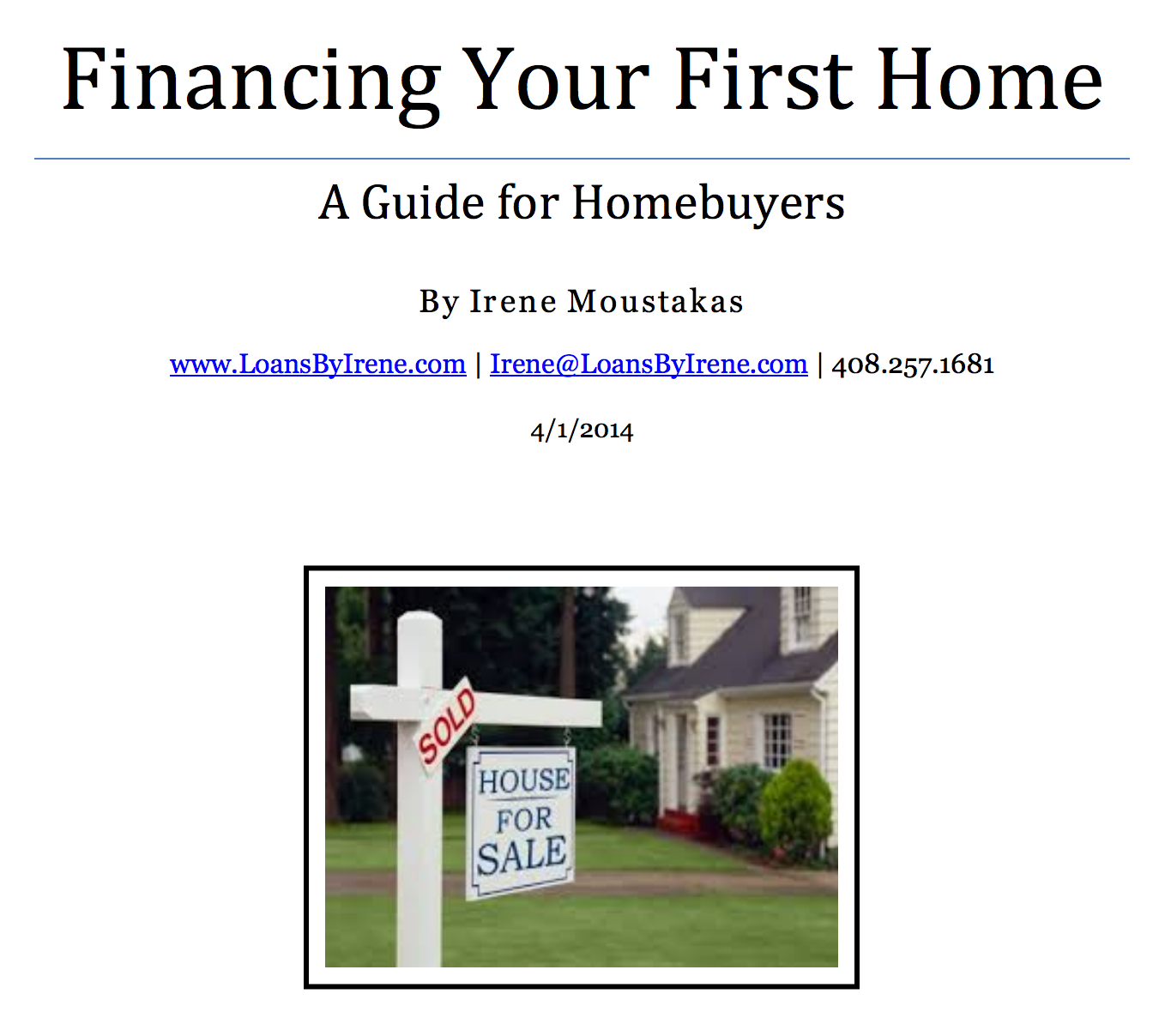A Home Equity Line of Credit (also known as a “HELOC” or “equityline”) can be an excellent financial tool for the right person, and a very imprudent one for the wrong person. As with everything, there are advantages and disadvantages to consider, which I will briefly review below.
But what is an equityline? An equityline is a second mortgage liened against your home. It’s called a “second” because it goes in position behind your first (primary) mortgage. This is important to lenders and creditors because in the case of a foreclosure, it specifies who gets paid first.
Advantages:
- You only make a payment based on current balance. So you could have an opportunity to borrow x amount, but if you only have a small balance, your payment is based on that balance.
- Its interest rate is much lower than that of a credit card.
- Good to have as a security blanket for home improvement projects or emergencies.
Disadvantages:
- Minimum payments due are interest-only, so you have to be cautious and work on paying it down or off so that you don’t get trapped.
- The interest rate and payment is adjustable, so as soon as Prime rate is increased by the Fed, you can expect your rate and payment to increase too. This is why it’s important to not just make the interest-only payments.
At this point, Prime has been a low of 3.25% for many years, but is expected to increase very soon. When the Fed does start raising rates, I anticipate further increases will be gradual but consistent.
If you think you can pay down the equityline in solid chunks, or if it’s used responsibly, it’s a great thing to have. But if you’re using it to fund vacations or the like, you may find yourself in a difficult financial position.


